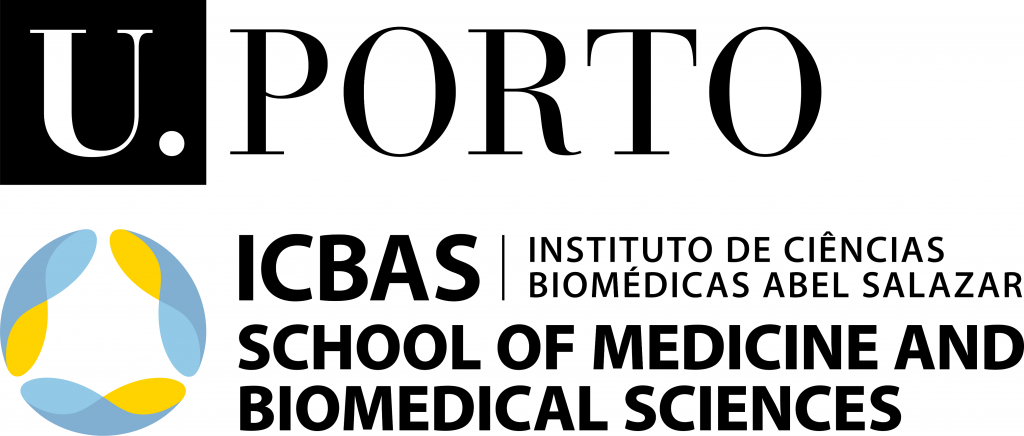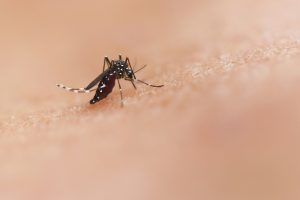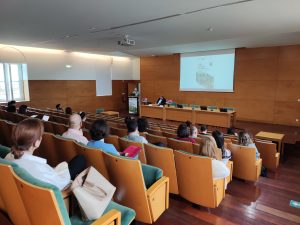The study, carried out by researchers from CIIMAR and the Instituto de Ciências Biomédicas Abel Salazar (ICBAS) of the University of Porto, was published in the journal Science of the Total Environment and identifies “for the first time” the emergence of long-term adverse effects related to the combined consumption of lithium and microplastics.
The researchers analyzed a planktonic crustacean (Daphnia magna), commonly known as the water flea, and concluded that long-term exposure to concentrations of lithium and mixtures of lithium and microplastics decreased its reproduction “up to 93% and 90% less”, respectively.
At the same time, exposure to lithium reduced the growth rate of water flea populations by 67%, and exposure to mixtures of lithium and microplastics by 58%.
The researcher Lúcia Guilhermino adds that the results are “worrying” and that the effects of the reduction in zooplankton can have “very serious consequences for ecosystems”.
“These organisms [zooplankton] represent the base of trophic chains, in addition to being essential for maintaining the quality of the water we all depend on, by filtering it while they feed,” observes the coordinator of the Laboratory of Ecotoxicology and Ecology of ICBAS.
Lúcia Guilhermino also points out that the water flea has a “very developed” nervous system, allowing the results obtained in the study to be “extrapolated” to other animals, including mammals.
The study also serves as an “alert to the effects that may be having on the human population, especially in regions rich in lithium, areas with high population density and heavy use of electronic devices, and industrial areas or areas that receive electronic waste”.

“Despite its natural origin, lithium is a very reactive element from a biological point of view”, stresses Lúcia Guilhermino, noting that this element can cause “toxicity in various systems and organs, such as the nervous system, liver, kidneys and the reproductive system, through mechanisms that are not yet completely described”.
Also regarding microplastics, the researcher points out that these materials can “act like sponges and bind other contaminants, such as lithium, altering their incorporation, accumulation and toxicity”.
“All living organisms are simultaneously exposed to many pollutants throughout their lives, and the interaction between these chemical agents can lead to different toxic effects, altering the previously established safety limits”, adds Lúcia Guilhermino.
At the moment, researchers are developing studies to assess the consequences resulting from global climate change on the long-term effects of lithium, microplastics and their mixtures.
This work, which had the collaboration of the Faculty of Pharmacy of the University of Porto and CESPU — Cooperativa de Ensino Superior Politécnico e Universitário, was co-funded by the Foundation for Science and Technology (FCT), the Compete 2020 program and the North program 2020.
Source: Sapo Lifestyle







